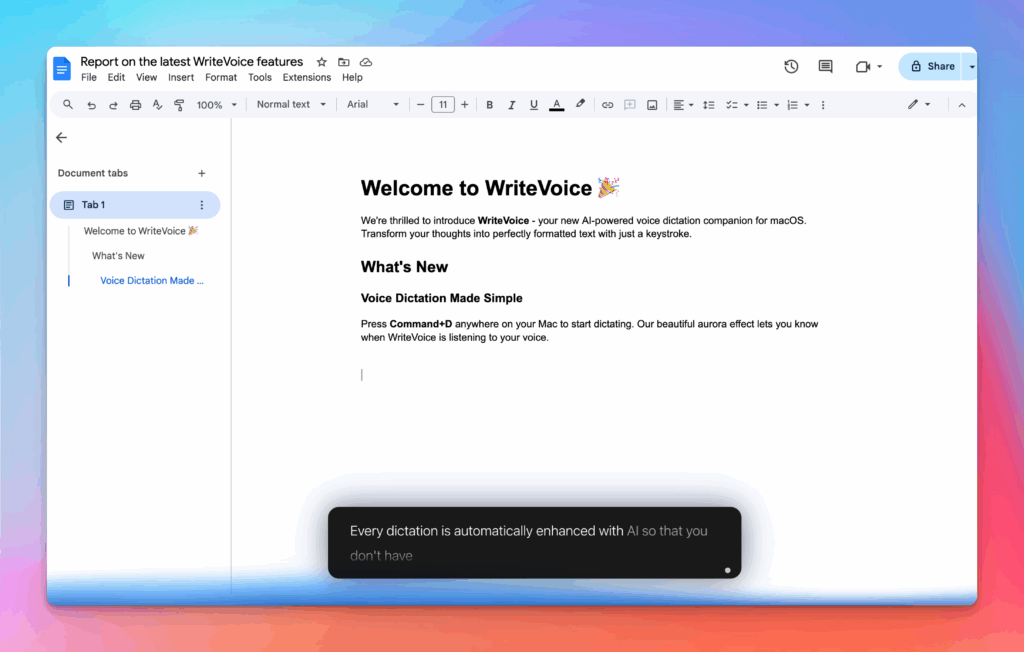How to Calculate Potential Market Size
Identify untapped market opportunities. Calculate potential market size for expansion and new product planning.
How the How to Calculate Potential Market Size works
Assess current market, identify unserved segments, and project expansion potential. Calculate opportunity size with growth drivers and adoption modeling.
Growth requires finding new markets. This calculator quantifies untapped potential, guiding expansion strategies with data.
How it works
Tutorial
Potential market size calculation identifies untapped growth opportunities beyond your current market penetration. While standard market sizing answers “How big is the opportunity?” potential market sizing answers “How much room do we have to grow?” This distinction matters for expansion planning, fundraising, and strategic decisions. A company with $50M revenue in a $200M market faces different strategic choices than one with $50M revenue in a $2B market—the latter has 10x more growth runway using similar strategies.
Understanding potential market size prevents complacency and reveals opportunities. Your product might have penetrated 40% of your initial target segment, but adjacent segments, geographic expansion, and new use cases could represent 5x larger potential markets. Calculating this potential systematically—segment by segment, geography by geography—creates data-driven growth roadmaps instead of guessing. This analysis drives resource allocation: invest in customer retention when potential is limited, invest in growth when massive potential remains untapped.
The Basic Formula
| Component | Formula | Purpose |
|---|---|---|
| Current SAM | Today’s Serviceable Addressable Market | What you can reach now |
| Adjacent Segments | Related customer types × Estimated ARPU | Near-term expansion |
| Geographic Expansion | New Region Customers × Pricing | International potential |
| Total Potential | Current SAM + Adjacent + Geographic + New Use Cases | Full opportunity size |
Step-by-Step Calculation
Example: B2B analytics software, current SAM $180M (mid-market US), considering expansion to enterprise, small business, and Canada
Step 1: Establish Current Market Position
| Metric | Value | Explanation |
|---|---|---|
| Current Target Segment | US Mid-Market (500-2,500 employees) | Initial focus |
| Current SAM | $180M | Addressable today |
| Current Revenue | $12M | Actual sales |
| Current Market Share | 6.7% | $12M / $180M |
| Remaining Current Market | $168M | $180M – $12M |
Step 2: Calculate Adjacent Segment Potential
| Segment | Target Companies | Avg Price | Penetration Estimate | Potential Revenue |
|---|---|---|---|---|
| Enterprise (2,500+ employees) | 4,200 companies | $85,000/yr | 15% addressable | $53.6M |
| Small Business (100-500 employees) | 28,000 companies | $12,000/yr | 25% addressable | $84.0M |
| Vertical Specialization (Healthcare) | Current segments × 1.3 premium | Premium pricing | 20% uplift | $36.0M |
| Adjacent Segment Total | $173.6M | |||
Step 3: Add Geographic and Use Case Expansion
| Expansion Type | Calculation Basis | Potential |
|---|---|---|
| Current US Market Remaining | From Step 1 | $168.0M |
| Adjacent US Segments | From Step 2 | $173.6M |
| Canada Expansion | US Market × 0.35 (Canada/US GDP ratio) | $63.0M |
| UK/EU Expansion (Phase 2) | US Market × 0.80 (similar economy size) | $144.0M |
| New Use Case (Real-time Analytics) | 30% of customers add premium module | $54.0M |
| Total Potential Market Size | Sum of all opportunities | $602.6M |
| Multiplier vs Current SAM | $602.6M / $180M | 3.35x |
What This Means
Your analytics software business currently addresses a $180M market but has access to a $602.6M total potential market—3.35x larger when including adjacent segments, geographic expansion, and new use cases. With current revenue of $12M, you’ve captured just 2% of total potential ($12M / $602.6M), suggesting massive growth runway. Even capturing 10% of total potential would mean $60M revenue—5x current size.
This analysis prioritizes expansion: the $173.6M adjacent segment opportunity (enterprise + small business + vertical) is nearly as large as your current market, and it requires no geographic expansion—just product packaging and go-to-market adjustments. Canada ($63M) offers easier international expansion than UK/EU ($144M) due to language, proximity, and regulatory similarity. The potential framework guides strategic planning: you could achieve $30-40M revenue staying US-only by penetrating adjacent segments, or pursue $100M+ revenue with international expansion. Both paths are viable, but resource requirements differ dramatically.
Meet the fastest voice-to-text for professionals
WriteVoice turns your voice into clean, punctuated text that works in any app. Create and ship faster without typing. Your first step was How to Calculate Potential Market Size; your next step is instant dictation with WriteVoice.
A blazing-fast voice dictation
Press a hotkey and talk. WriteVoice inserts accurate, formatted text into any app, no context switching

Works in any app
Press one hotkey and speak; your words appear as clean, punctuated text in Slack, Gmail, Docs, Jira, Notion, and VS Code—no context switching, just speed with writevoice

Accurate, multilingual, and smart
97%+ recognition, smart punctuation, and 99+ languages so your ideas land first try, built for teams and pros.

Private by default
Zero retention, audio and text are discarded instantly, with on-device controls so you can dictate sensitive work confidently.

